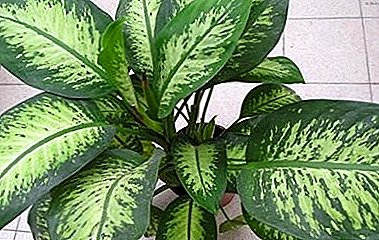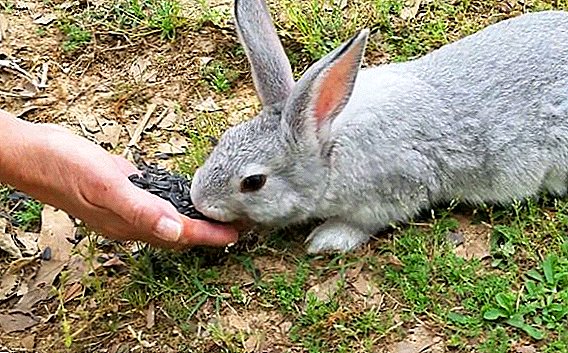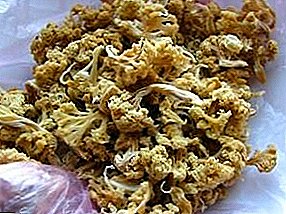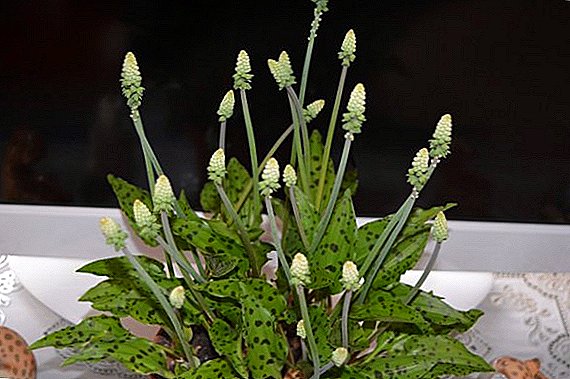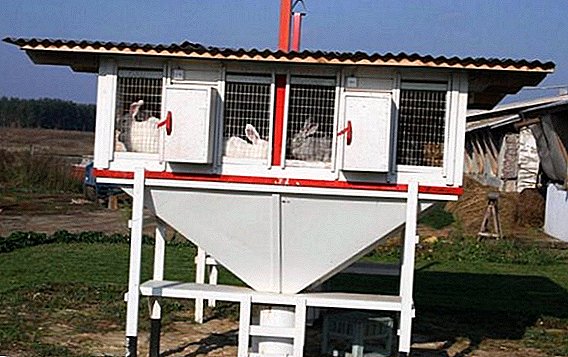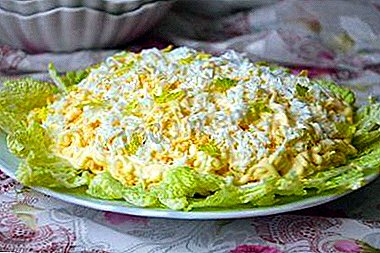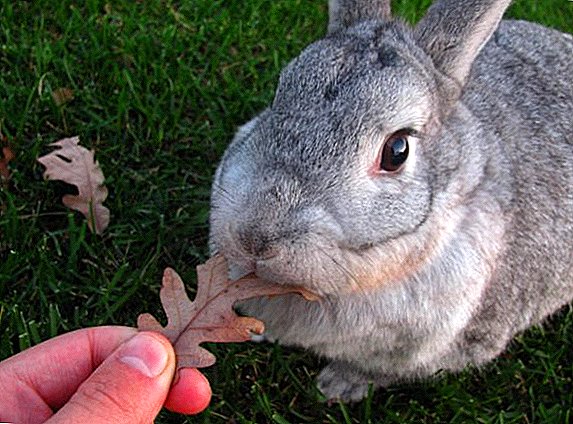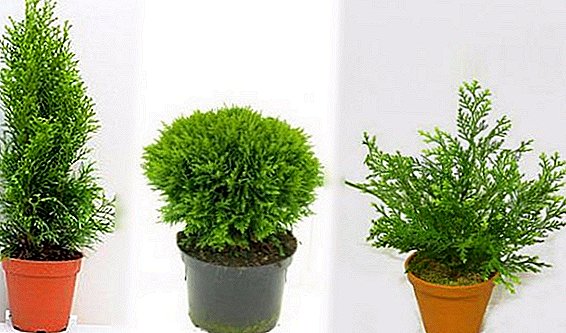 Thuja is a representative of gymnosperm conifers from the family of Cypress. In nature, they grow up to 7-12 m in height. Their homeland is considered to be Japan and North America. This houseplant is perfect as a gift or just as a decoration for the New Year holidays. From coniferous thuja home is the least demanding and will delight you more than one year.
Thuja is a representative of gymnosperm conifers from the family of Cypress. In nature, they grow up to 7-12 m in height. Their homeland is considered to be Japan and North America. This houseplant is perfect as a gift or just as a decoration for the New Year holidays. From coniferous thuja home is the least demanding and will delight you more than one year.
Did you know? In the people the thuja received the name "tree of life".
Room thuja: plant description
For cultivation at home using thuja east. Based on this species, many dwarf forms have been created that are ideal for indoor cultivation. Thuja produces essential oils, which, in addition to the pleasant smell, help purify the air from bacteria. It is because of this that the thuja in the apartment is suitable not only as an ornamental plant, but also improves the indoor microclimate, while caring for it and cultivating it is absolutely for everyone.

How to choose a place for Tui
As with all indoor plants, for a thuja it is necessary to create the right microclimate. Fortunately, the plant is unpretentious, but for optimal growth, there are still some recommendations.
Lighting Requirements
Thuja room likes the light, but does not tolerate too bright lighting, a good solution would be to place the plant on the north side of the room. In the spring and winter, direct sunlight is not recommended.
Temperature
 In summer, the optimum temperature is + 20 ... +30 ° C. At this time, the thuja can be carried out into the air, but placed best in shaded places. In winter, such a high temperature does not suit tui at all. The optimum temperature at this time is no higher than +15 ° C. Thuja easily tolerates frosts, but it’s still better not to overcool indoor plants.
In summer, the optimum temperature is + 20 ... +30 ° C. At this time, the thuja can be carried out into the air, but placed best in shaded places. In winter, such a high temperature does not suit tui at all. The optimum temperature at this time is no higher than +15 ° C. Thuja easily tolerates frosts, but it’s still better not to overcool indoor plants.
What should be the humidity
The plant is not demanding of moisture, so it can calmly carry dry air in the apartment and strong heat. But if the temperature is too high, and the humidity at the same time is low, then it is necessary to spray the thug from the sprayer occasionally.
How to put thuja in the pot
Due to its unpretentiousness in the open air, thuja is well acclimatized practically everywhere and in any conditions. However, if you want to plant thuja at home, then you need to take into account some important tips and recommendations. But despite this, caring for a thuja in a pot is easier than for a street plant.
Soil requirements
Thuja as a home plant feels great in a pot, if you choose the right soil. The most suitable soil for tui is weakly acidic. The soil can be prepared by yourself. For young plants the following mix will be optimum:
- 1 part of sand;
- 2 pieces of coniferous land;
- 4 pieces of leafy ground.
- 1 part peat;
- 0.5 parts of sand;
- 1 part turf land.
Pot requirements
 For growing indoors, a pot for a thuja will suit anyone, the main thing is to take a pot with a reserve so that the plant can grow normally. Any tank should have a drain to prevent stagnant water in the soil. However, if you are going to grow thuja in the open air, for example, on the balcony, then the pot will suit far from any. Pots must be frost-resistant, their range on the market is now quite large, you can choose for every taste.
For growing indoors, a pot for a thuja will suit anyone, the main thing is to take a pot with a reserve so that the plant can grow normally. Any tank should have a drain to prevent stagnant water in the soil. However, if you are going to grow thuja in the open air, for example, on the balcony, then the pot will suit far from any. Pots must be frost-resistant, their range on the market is now quite large, you can choose for every taste.
Important! Plastic, ceramic, metal pots are not suitable, they will not protect the plant from the cold and, in addition, can crack in the cold.
Planting thuja
For a successful planting, it is necessary to make sure that the pot releases water well, to fill the bottom with a good drainage layer. Planting thuja, in fact, does not differ from other indoor plants, the main thing is to plant the plant in the correct soil and not damage it. The next question is how to care for the thuja after landing. Caring for a plant is not difficult, it quickly takes root.
Features care for thuja at home
In general, the room when growing in a pot is not demanding, but, like any other plant, it will have to be looked after regularly. Basically, care is the proper watering, fertilizing and pruning. It is also worth considering the temperature regime.
How to water the plant at home
The most important thing is watering, the splendor of the branches and the overall attractiveness of the plant will depend on it. Water the plant should be regularly, so that the soil was always wet. Dry soil will not kill the plant, but it will definitely affect its appearance.
Top dressing and fertilizer of a room thuja
 Thuja room in frequent dressing does not need, as well as care for her can not be too intent. It is recommended to use organic and mineral fertilizers in the complex, and nitrogen fertilizers are usually used in the spring, and potash in the summer no more than once a month. Sometimes, depending on the state of the plant, phosphate fertilizers can be added to the feed. That's all, than it is possible to feed a thuja for beautiful needles, the fertilizers set forth above ideally will approach a plant.
Thuja room in frequent dressing does not need, as well as care for her can not be too intent. It is recommended to use organic and mineral fertilizers in the complex, and nitrogen fertilizers are usually used in the spring, and potash in the summer no more than once a month. Sometimes, depending on the state of the plant, phosphate fertilizers can be added to the feed. That's all, than it is possible to feed a thuja for beautiful needles, the fertilizers set forth above ideally will approach a plant.
Pruning plants
Here the only requirement is pruning of dried twigs, which will periodically appear. However, to give the plant the desired look, you can cut it whenever you want, experimenting with a variety of shapes.
Wintering thuja
Thuja is not afraid of cold weather, especially at home. Moreover, in winter, it is desirable to keep the thuy at a temperature of from +10 to +12 degrees, for this a well-glazed balcony may suit. The only thing that absolutely cannot be done is to drastically change the temperature where the plant is contained. Also the thuja is contraindicated in strong wind and strong drafts.
When you need and how to perform a Tui transplant
 Thuja transplantation is desirable once a year, during which time it grows sufficiently, and it needs a larger pot. Older plants need less transplant. For transplanting, a special soil for coniferous plants is needed. It is necessary to carry out the procedure carefully, crossing the plant with the soil from one container to another in order not to damage the root system.
Thuja transplantation is desirable once a year, during which time it grows sufficiently, and it needs a larger pot. Older plants need less transplant. For transplanting, a special soil for coniferous plants is needed. It is necessary to carry out the procedure carefully, crossing the plant with the soil from one container to another in order not to damage the root system.
How to multiply home thuya
Thuja at home is propagated by seeds and cuttings. This will require an adult plant. Seeds are taken directly from it, they are inside the cones. Cut them together with the branches on which they grow. Put the bumps in a warm place, over time they will dry out and unfold. Then you can extract the seeds from them. Seeds need to be wrapped in a wet cloth and left for a day, occasionally moistening the cloth with water. A small step by step instructions for planting seeds:
- Prepare the tub, it is necessary to pour the substrate into it, fill the bottom with drainage.
- Water the earth.
- On one pot, plant one seed.
- Seeds do not need to be buried, just sprinkle with wet filings on top.
- Moisten the soil.
 And then you need to be patient, the first shoots seem no earlier than a month later. And a full bush of thuja - as much as 5 years. Therefore thuyu propagated by seeds is extremely rare, because for this there is a simpler and more efficient way.
And then you need to be patient, the first shoots seem no earlier than a month later. And a full bush of thuja - as much as 5 years. Therefore thuyu propagated by seeds is extremely rare, because for this there is a simpler and more efficient way.Important! With this type of reproduction, new varietal characteristics may appear in a new plant than in a parent plant.Growing tui using seeds requires everyday care and takes a lot of time. Propagation by cuttings is much easier, and growing a full-fledged bush takes much less time. The stalk must be separated from the plant and immersed in the ground by one and a half centimeters. It is best if old wood remains at the base of the shoot. At first, the young stalk does not need to be watered, give it time to take root. During this period, it is sufficient to periodically spray the plant. As soon as the cutting takes root and takes root as it should be, you need to start hardening it. For this purpose, the duration of ventilation is increased, in the future the pot can be transferred to more ventilated rooms.

Did you know? Thuja is very useful and has many useful properties.
Thuja in a pot perfectly manifests itself at home. If you decide to choose this plant for your home, you are not mistaken: a room thuja will give you a good mood, clean the air and decorate the room.


